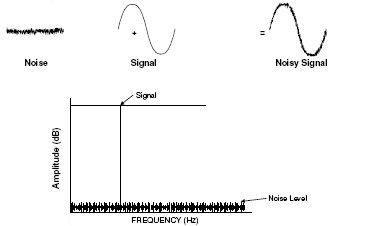

An antenna that concentrates radio energy to a high degree is said to be "directional." A directional antenna has increased sensitivity to radio waves in one direction, and decreased sensitivity in others. RF over fiber-optic devices convert radio waves into light, and transport wireless microphone or IEM signals through single-mode fiber-optic cable, which has almost no in-line attenuation at all.)Īntennas Improve SNR Through DirectionalityĪntennas are able to shape and concentrate fields of RF energy that travel between transmitter and receiver in powerful ways. (The inconvenience of coaxial cable in-line attenuation can now be overcome by using a low-cost RF over fiber-optic conversion system, like the RF Venue OPTIX platform. Often, the added gain of an external antenna is able to compensate for this loss, but when coaxial cable runs exceed 100 feet a cable type with less in-line attenuation is called for, or the use of in-line amplification-although amplifiers should be used with care, as they decrease SNR by adding noise, and can easily overload a sensitive receiver front-end. Industry standard 50 ohm RG8X loses about 10 dB per 100 feet, give or take depending on frequency of operation.
/GettyImages-883730690-5b7a2c7c46e0fb0050202afd.jpg)
Coaxial cable does cause loss of signal strength, too, which we call "in-line attenuation" or "transmission line loss." The amount of signal lost in a cable depends upon the type of coaxial cable in use, as well as other factors like signal frequency, connectors, and damage along the cable's length. Since remote antennas convey radio signals through coaxial cable back to the receiver, rather than air, a greater percentage of the signal received by the antenna is returned to the receiver, and consequently the signal-to-noise ratio at the receiver is usually improved if a remote antenna is placed via coaxial cable somewhere closer to your wireless microphone or IEM receiver. If traveling through air, radio signals lose amplitude (signal strength) in accordance with the inverse square law if the distance between a transmitter is doubled, the amplitude of the signal seen by the receiver will be four times less strong. (Here we should pause to define "external antenna" or "remote antenna" as any antenna that is attached to a coaxial cable and placed at a location other than directly connected to an antenna port at the receiver or distributor, whether that cable measures three feet or three hundred.)Įxternal Antennas Improve SNR Through Proximity SNR measurements are used across many systems and components within an audio signal chain, like microphones and amplifiers, but with wireless we mean the signal-to-noise ratio of the amplitude of a radio signal (coming from a wireless microphone or IEM transmitter) in comparison to the amplitude of surrounding radio noise when measured at the receiver front-end (antenna input).Įxternal antennas improve SNR in one of two ways, which may benefit the user independently, or combined. Signal-to-noise ratio is the ratio of the amplitude of the signal of interest to the amplitude of the surrounding noise floor or competing signals. There are many ways of increasing SNR, but the use and careful placement of remote antennas may be the most straightforward and accessible. Keeping signal-to-noise ratio as high as possible is the most effective (although not the only) means for reducing dropouts and interference on wireless devices of any kind. When it comes to wireless audio signal quality, nothing is more important than maintaining excellent signal-to-noise ratio (SNR). Alex Milne, author at Audio Gloss, explains more. Share this How External Antennas Improve Signal-to-Noise Ratio


 0 kommentar(er)
0 kommentar(er)
